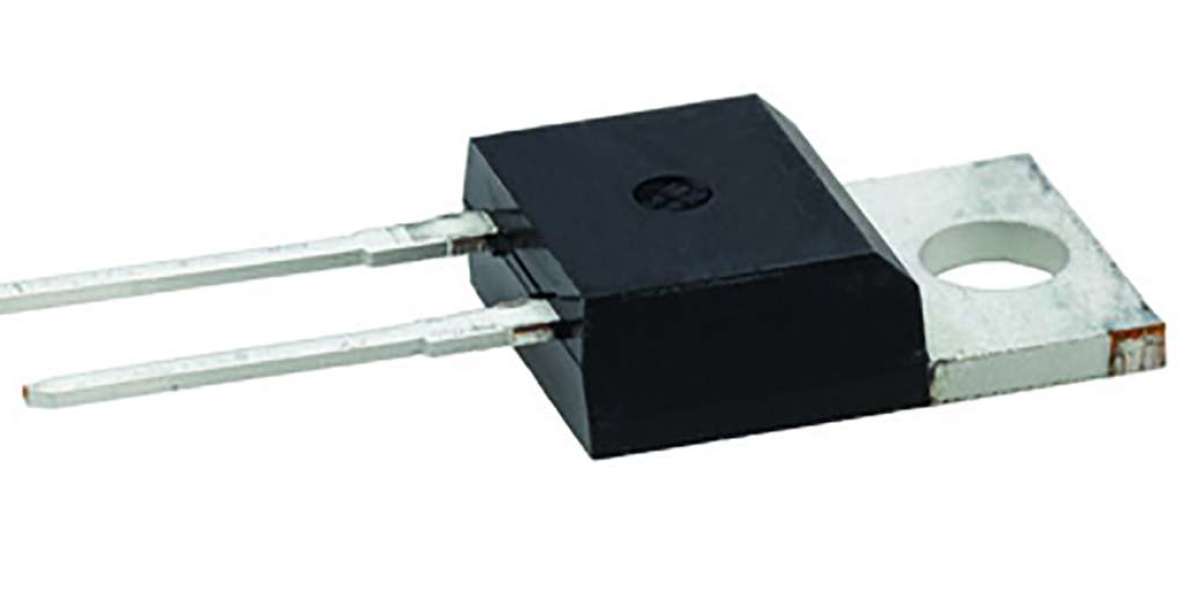The anti-fog lens market has witnessed significant growth over the past decade due to rising demand from consumers across various sectors, including sports, healthcare, automotive, and consumer electronics. Anti-fog lenses, designed to prevent fogging, are commonly used in eyewear, helmets, face shields, and goggles to enhance vision and improve safety. However, despite their widespread use, several pain points persist in the anti-fog lens market that hinder its growth and overall consumer satisfaction.
1. Limited Durability of Anti-Fog Coatings
One of the most significant pain points in the anti-fog lens market is the limited durability of the anti-fog coatings. Many lenses come with a coating that helps prevent fogging, but the effectiveness of these coatings tends to diminish over time. Constant exposure to moisture, heat, and abrasion can degrade the coating, leading to a reduced performance of the lenses. In some cases, the coating may wear off after a few months of use, making it necessary for consumers to replace their lenses or reapply the anti-fog treatment. This reduces the long-term cost-effectiveness and convenience for consumers, thereby limiting the overall appeal of anti-fog lenses.
2. Inconsistent Performance Across Different Conditions
Anti-fog lenses are designed to provide clear vision in foggy environments, but their performance can be inconsistent under different conditions. For example, anti-fog coatings may be more effective in cool, dry climates but fail to perform as well in hot and humid environments. Athletes, workers in industrial settings, and medical professionals often experience fogging due to rapid changes in temperature or humidity, making the lenses ineffective or challenging to maintain. Inconsistent performance is a significant pain point for the market because it undermines the primary benefit of anti-fog lenses: reliable, fog-free vision in all conditions.
3. Limited Application Scope
Although anti-fog lenses are widely used in eyewear, helmets, and face shields, their application scope remains relatively narrow. The vast majority of anti-fog solutions are designed for specific use cases, such as sports goggles, safety glasses, and automotive visors. As a result, the market remains fragmented, and companies may struggle to reach a broader consumer base. Furthermore, innovations in anti-fog technology are often limited to specific industries, such as outdoor sports or personal protective equipment (PPE), with little overlap in other sectors. Expanding the scope of anti-fog lenses to cater to a broader range of consumer needs remains a significant challenge for the industry.
4. High Production Costs
Another significant challenge in the anti-fog lens market is the high production cost associated with manufacturing anti-fog lenses and coatings. Developing effective anti-fog technology requires specialized coatings and materials, which can be costly to produce. For example, some high-performance anti-fog coatings use complex chemical processes or advanced nanotechnology to ensure long-lasting, efficient results. These high production costs are typically passed on to consumers, making anti-fog lenses and eyewear more expensive than regular lenses. The price premium may deter budget-conscious consumers, limiting the growth potential of the market. Additionally, the cost barrier may prevent wider adoption of anti-fog solutions in industries such as healthcare, where fogging can be a major issue for workers wearing face shields or masks.
5. Environmental Concerns and Sustainability
With growing awareness about environmental issues, there is an increasing demand for sustainable and eco-friendly products. Anti-fog lens coatings, however, often rely on chemical substances that may have negative environmental impacts, either in their production or disposal. Many anti-fog coatings use chemical agents that can be harmful if released into the environment. Additionally, the coatings themselves may not be biodegradable, contributing to the growing problem of plastic waste. As consumer preferences shift towards more sustainable products, the anti-fog lens market faces pressure to adopt greener, more environmentally friendly technologies. Developing coatings that are both effective and eco-friendly is a significant pain point for companies in the industry, requiring substantial investment in research and development.
6. Consumer Perception and Awareness
While the anti-fog lens market has grown, consumer awareness about the availability and benefits of anti-fog lenses remains limited. Many consumers still rely on traditional lenses and are unaware of the technological advancements that have been made in anti-fog coatings. Furthermore, some consumers may perceive anti-fog lenses as an unnecessary expense or a niche product, limiting the market's potential reach. Educating consumers about the importance of fog-free lenses, especially in high-risk or high-performance environments, is essential for market expansion. Without widespread awareness and education, the market may struggle to reach its full potential.
7. Competition from Alternative Solutions
The anti-fog lens market is also challenged by competition from alternative solutions that aim to address fogging issues. For example, anti-fog sprays, wipes, and gels offer temporary solutions for foggy lenses. While these alternatives are often more affordable, they require frequent reapplication and may not be as effective as permanent anti-fog coatings. Consumers who prefer these more cost-effective solutions may be reluctant to invest in anti-fog lenses with integrated coatings. Additionally, innovations in materials, such as hydrophobic coatings or improved lens designs, could offer competing solutions to the fogging problem, further intensifying competition in the market.
Conclusion
The anti-fog lens market is grappling with several pain points, including the limited durability of coatings, inconsistent performance, high production costs, and environmental concerns. While demand for anti-fog lenses remains strong in niche markets such as sports, healthcare, and automotive, the market faces challenges in terms of broadening its consumer base and addressing emerging environmental and sustainability concerns. Companies must innovate and adapt to overcome these challenges to ensure the continued growth and success of the anti-fog lens market.







